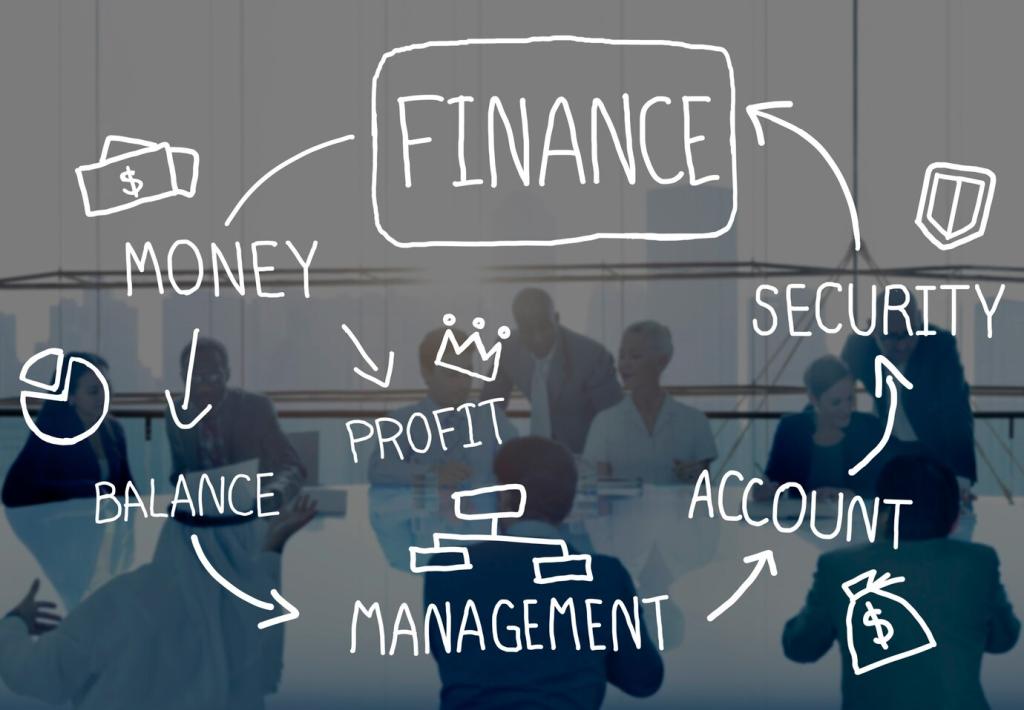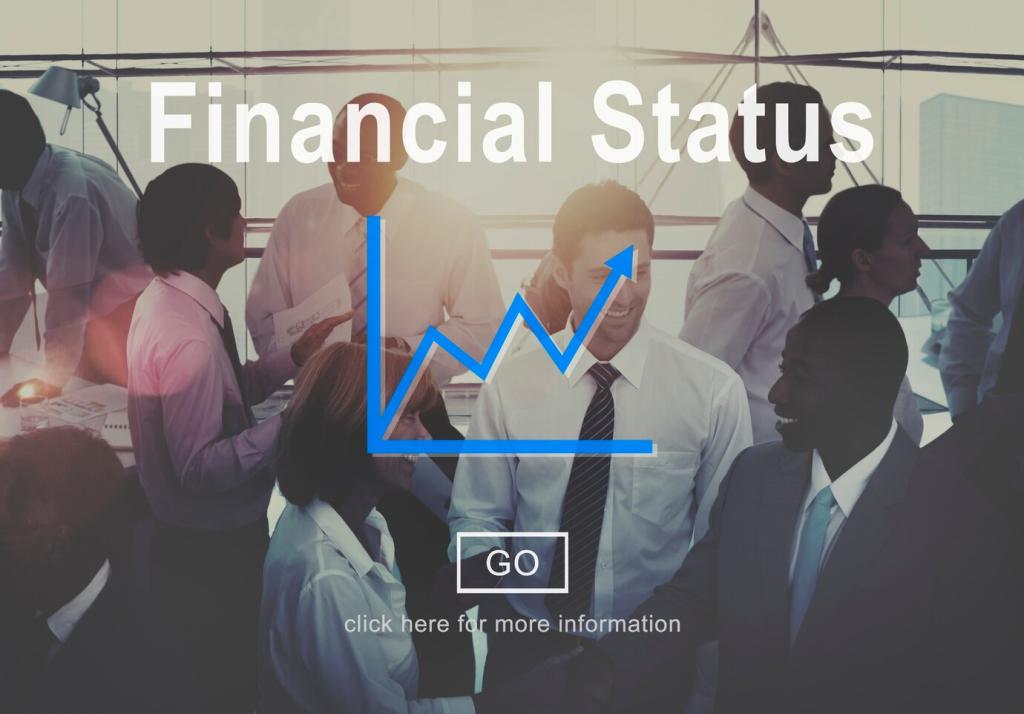The New Playbook of Sustainable Finance
Green bonds finance specific projects, but sustainability-linked bonds and loans tie interest rates to measurable outcomes like emissions intensity or water use. A Chilean utility shaved borrowing costs after hitting renewable targets; that alignment of incentives is transforming corporate behavior far beyond traditional project finance.
The New Playbook of Sustainable Finance
Regulatory clarity accelerates innovation. The EU Taxonomy and the ISSB’s global baseline help investors compare claims, while TCFD-inspired climate risk reporting is becoming standard. Consistency reduces friction, lowers capital costs, and rewards credible transition plans. Tell us which framework most improved your decision-making this year.





